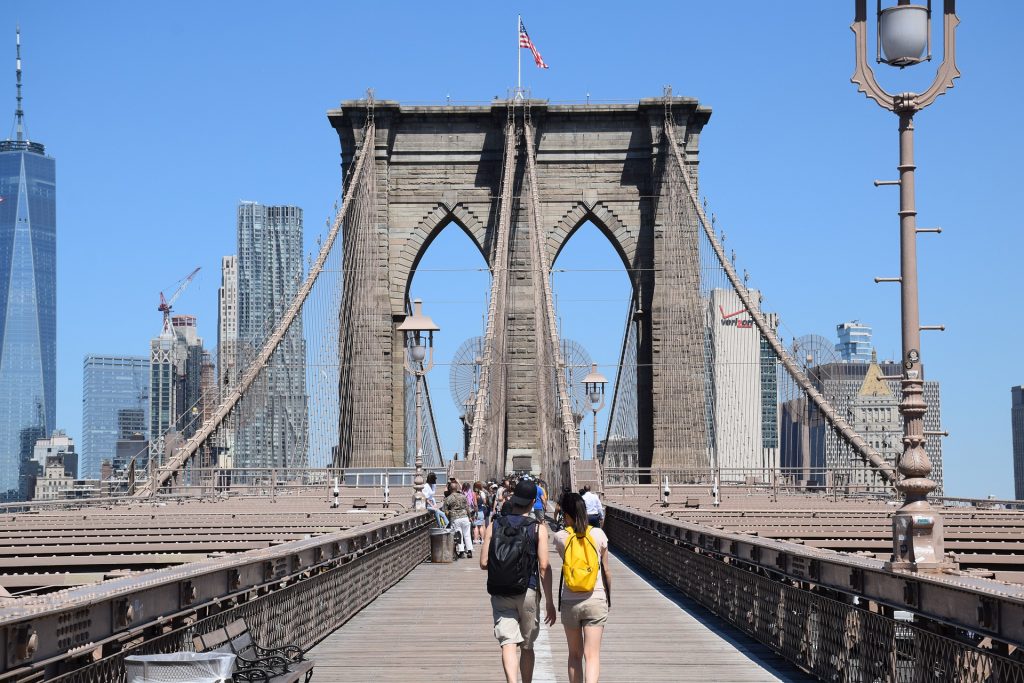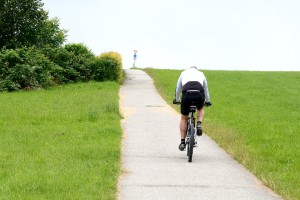New York City has invited visionaries and strategists from around the world to help solve a truly NY problem: the notoriously overcrowded Brooklyn Bridge foot and bike path. The competition was officially launched in early February and is designed to raise ideas for alleviating the chronically clogged areas.

The Brooklyn Bridge is an iconic tourist attraction with longstanding New York history and phenomenal views of Manhattan. The 137-year-old bridge sees an average of 16,500 pedestrians and 3,000 cyclists each day.
On several occasions (the most recent being New Year’s Eve 2018), the bridge became so crowded, forming a “human traffic jam,” and the bridge was temporarily closed. Clearly designated areas for pedestrians and cyclists are regularly ignored. Bikers have to maneuver around selfie-taking tourists and walkers have to be wary of distracted cyclists.
If you are an architectural, design, or engineering professional ages 22 and older or a young adults ages 21 and under with some good ideas for the walkway, submit them. And if you are a tourist visiting NYC in the near future, put the Brooklyn Bridge on your itinerary and see a part of New York’s glory.
